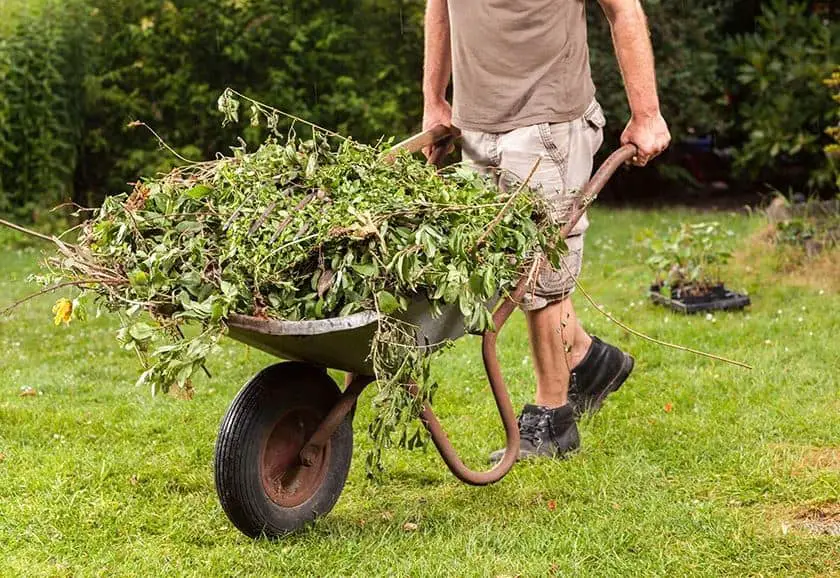Americans have reduced the quantity of grass, leaves, and tree clippings they send to landfills by half since 1960. The composting of garden waste is largely to blame for this decrease. 12% of municipal solid trash still includes these components, which is wonderful news for the environment or even positive information for gardeners looking to improve their soil. To keep these items out of landfills, more can be done.

Methods for Reducing Lawn Waste
Grass cycling is one of the greatest strategies to keep grass clippings out of landfills. Grass cuttings are mulched & left on the lawn rather than being picked up. According to studies, this procedure does not increase the amount of thatch in the lawn, and grasscycling has several advantages:
- Reduces lawn care labor and time spent.
- Reduces the quantity of fertilizer used, which saves money. 25% of the nutrients, including nitrogen, potassium, and phosphorus, are returned to the lawn by grass clippings.
- Reduces the need to irrigate the lawn. Grass clippings shade the soil to prevent evaporation and hold 80 to 85% water.
- Grass cycling protects the environment. Homeowners may save on fuel and reduce their carbon footprint by not collecting grass clippings and hauling them to yard waste recycling facilities.
Mow the lawn at the appropriate height and only remove a third of the blade each time to get these advantages of grasscycling. Use a sharp mulching blade or your mower’s mulching setting to chop the grass finely. To prevent clumps of grass clippings from covering the lawn, avoid cutting the grass while it is damp.
Changing all or a portion of the yard to plants that do not need regular mowing is another method for reducing lawn waste in addition to grasscycling. They include groundcover plants like white clover and wild ginger and low-growing species like creeping thyme or English chamomile.
Tips for Reducing Garden and Yard Waste
The quantity of lawn and garden garbage homeowners generate may also be decreased. Starting with fewer annual and perennial plants that need a lot of upkeep is the first step. Garden trash is produced from flowers and decorative plants that must be removed or pruned back after the growing season.
One way to prevent these materials from ending up in landfills is to compost garden waste, but the need may be completely avoided by not creating the products in the first place. Consider whether you need that row of tall pampas grass, which is 25 feet (7.6 meters), or if a lesser kind would be enough. Instead of planting annual flowers to brighten the environment, resist the urge to grow more veggies than your family can eat. Instead, choose permanent blooming plants.
Plant trees, shrubs, and ornamentals with enough space to grow to their full size. As a result, the plant needs less frequent pruning to maintain its designated area. Similarly, routinely cutting off suckers and water sprouts prevents the need for the eventual disposal of much bigger branches.
Another choice is to go with species that develop slowly or live long. A Bur Oak tree will shade the lawn for many future owners of your house and grows at a rate of less than 1 foot (0.3 m) each year. Choose a Euonymus Japonicus hedge above boxwoods, which need around 10% of their mass to be trimmed yearly and require a little trim.
Ideas for Recycled Gardens
Even with the best intentions, producing some garden trash is unavoidable. Recycling in the garden helps prevent these resources from going to waste. Here are some suggestions for using these organic resources again:
- Use chopped leaves to create vermicompost.
- Mulch may be made from grass clippings, chopped leaves, or shredded tree trimmings.
- Cover fragile plants or root crops with leaves throughout the winter to insulate them.
- Make leaf mold.
- Create a braided fence out of tree branches.
- Incorporate chopped leaves or grass clippings into the garden soil in the autumn to improve it.
- Use tree clippings or dried leaves to create distinctive artwork.
- Create furniture, crafts, and practical objects from tree branches, log slices, and trunks.

